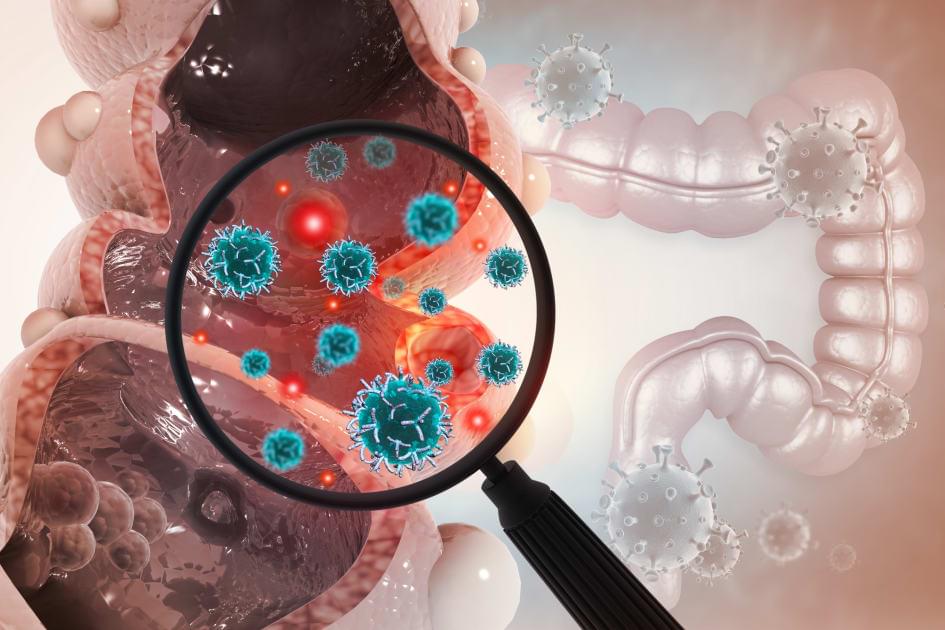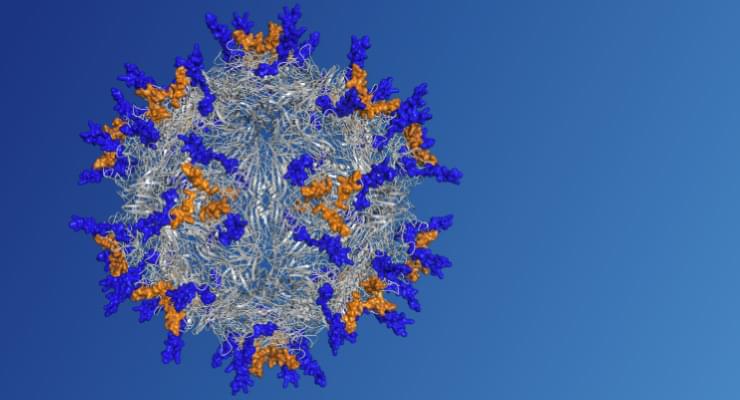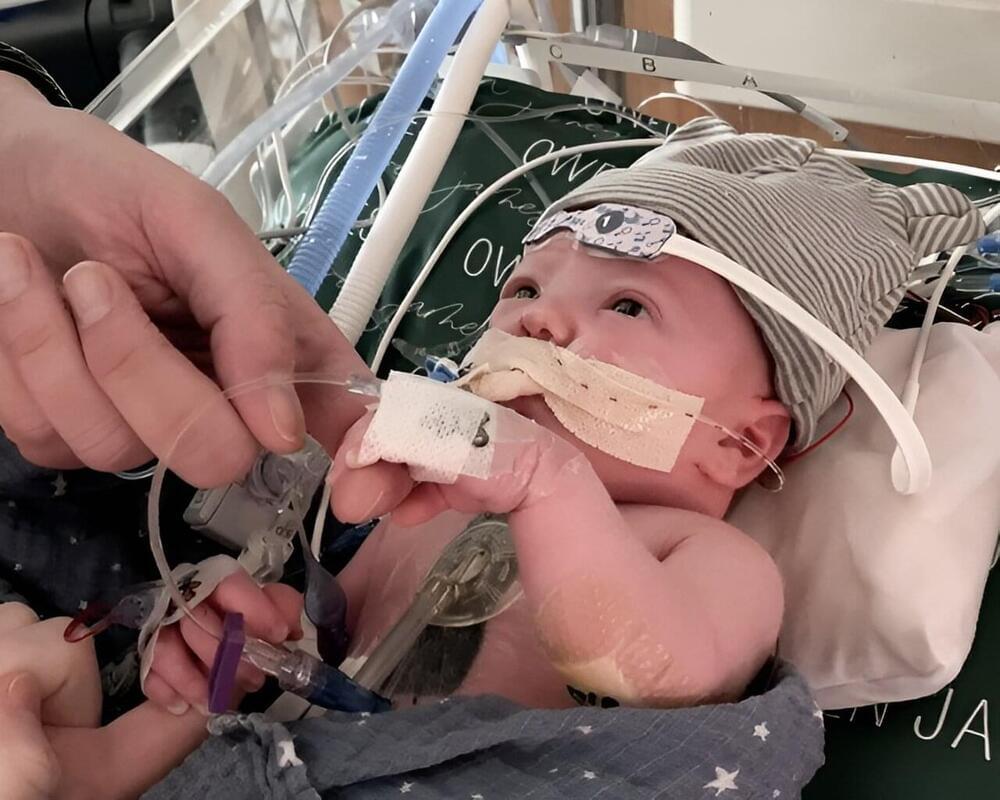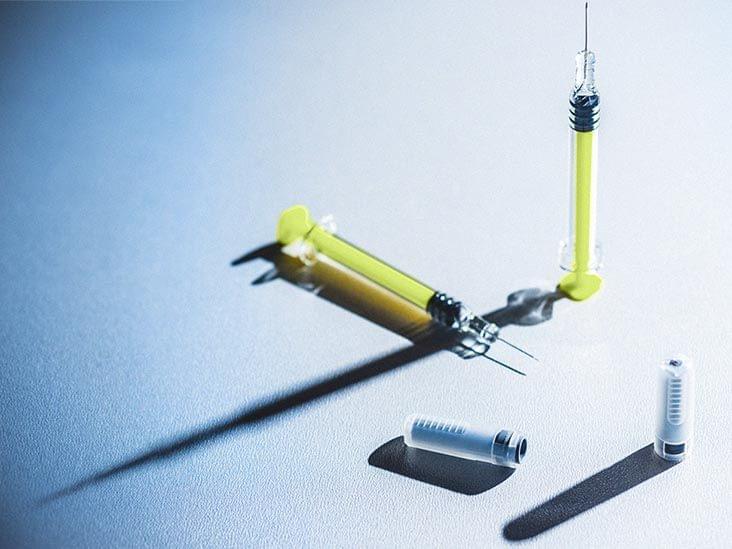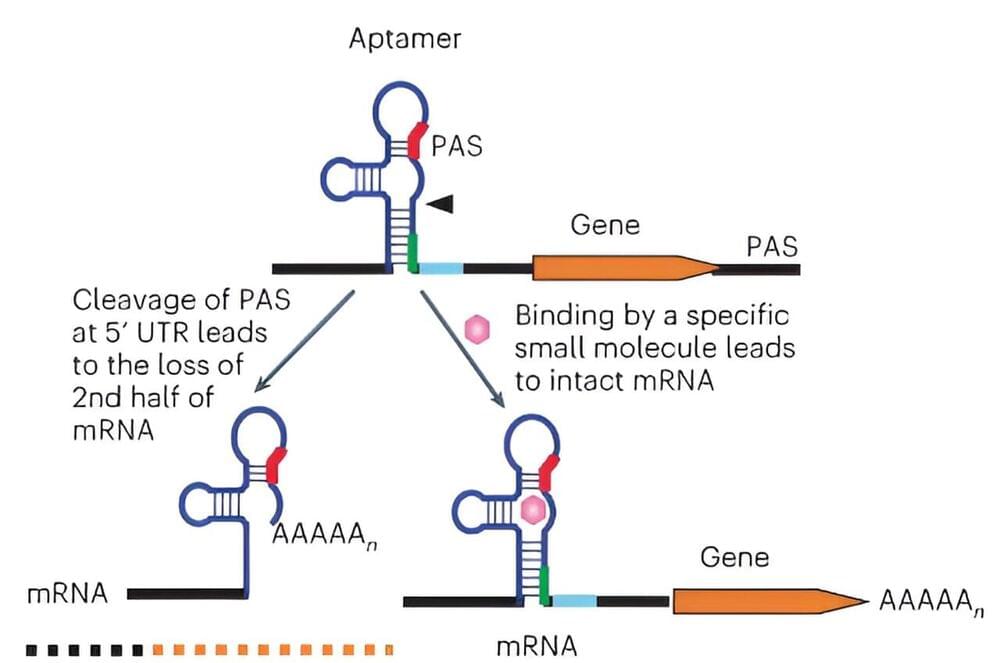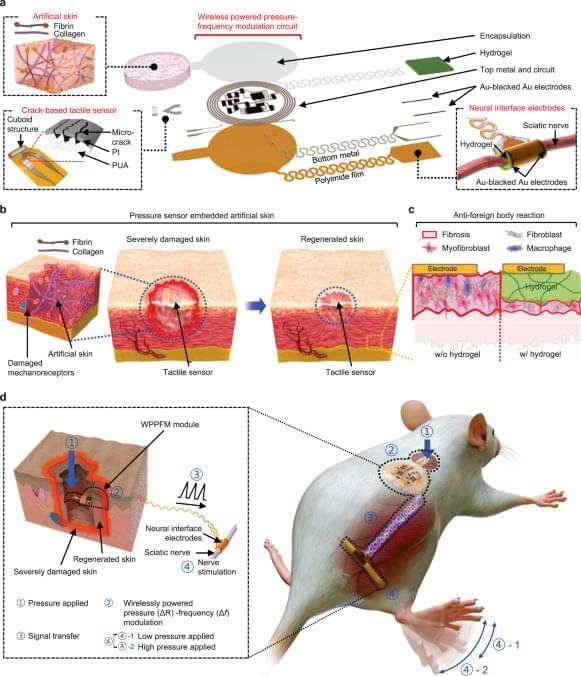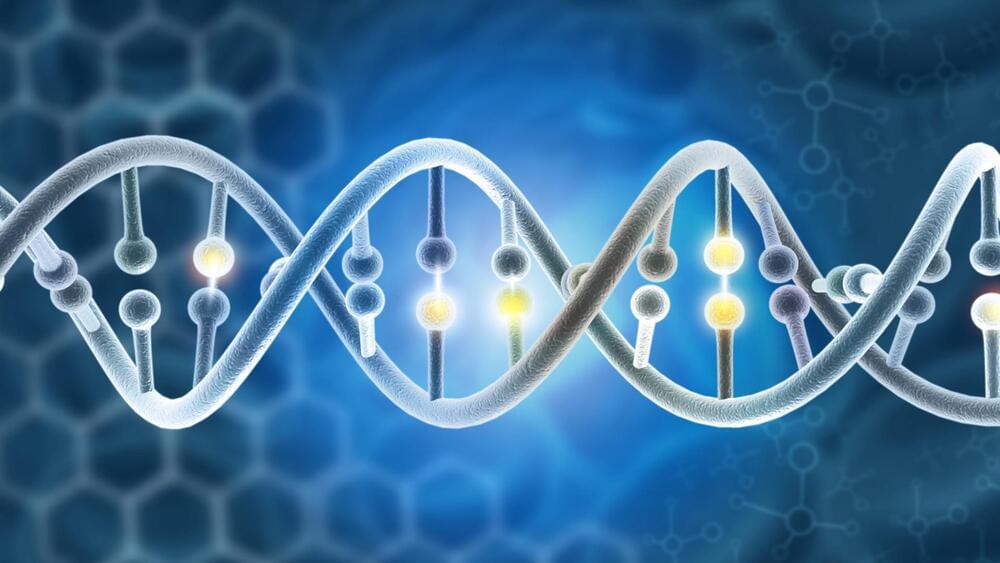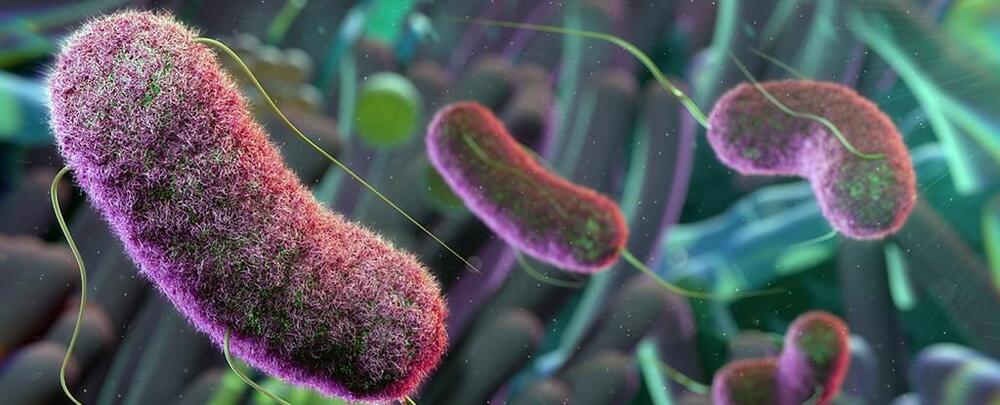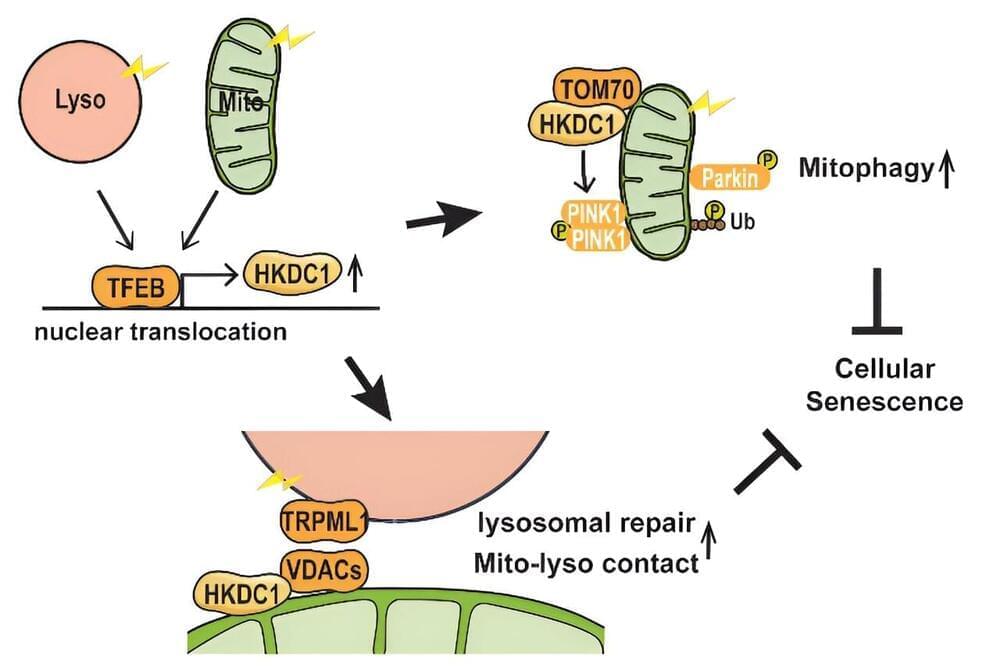In a new study published in Cancer Cell, YSM researchers at Yale Cancer Center find immunotherapy could benefit thousands of additional patients with colorectal and endometrial cancers who are not currently being offered it:
A new study shows thousands more patients diagnosed with colorectal and endometrial cancers could benefit from immunotherapy than are currently offered it. Researchers showed the importance of looking at DNA Mismatch Repair Deficiency (MMR-D) as a guiding marker for treatment decisions using immune checkpoint inhibitors (ICIs). MMR-D is associated with an increased risk of developing several types of cancer and is the most common cause of hereditary endometrial cancer.
The study, which published in Cancer Cell on December 28, compared two lab testing methods to diagnose cancers— traditional immunohistochemistry (IHC) (a lab technique that uses antibodies to detect antigens in tissues) — and next-generation sequencing (NGS) — a new technology used for DNA sequencing that can detect specific patterns of mutations. The researchers discovered that NGS offers a more accurate assessment of MMR status.
